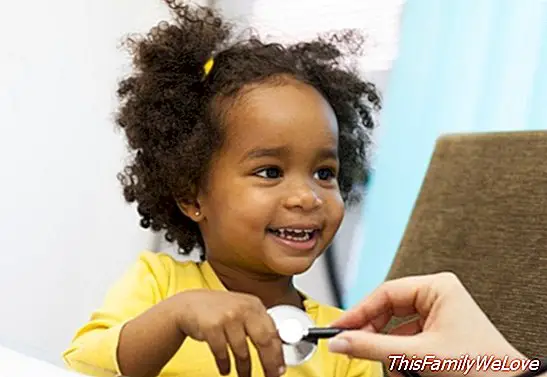Ebola in children, new report from AEP

The Spanish Association of Pediatrics (AEP) has prepared a technical report on the protocol of action in suspected cases of Ebola in children, which can be consulted on the website of the AEP. The document specifies how to carry out pediatric care according to the medical service provided, whether in primary care, pediatric emergency or pediatric intensive care, to initially identify the suspicion of Ebola virus disease in children.
In any case, the AEP specifies that the protective measures must be the same than in the rest of the epidemic cases, with some peculiarities derived from the risk of uncontrolled fluid emission by children, as is the case with vomiting. However, the Spanish Association of Pediatrics (AEP) warns that it may be necessary to review and update some aspects of the protocol based on the behavior and evolution of the infection in our environment, since the technical report has been prepared with the scientific data of demographic, social, cultural and health care very different from ours.
Ebola symptoms in children
Children have the same risk as adults of being infected with the Ebola virus, especially the children under 5 years of age who live intimately with the mother. This is the fundamental reason why it is very important to avoid direct contact with sick family members.
The initial symptoms of children who have been infected with the Ebola virus are more nonspecific and may differ from the symptoms of adults. However, although in 87 percent of cases there is feverIn children, Ebola can manifest with low-grade fever or even in early stages without fever. When presented with a fever, it is usually associated with other symptoms such as:
- loss of appetite
- asthenia
- cough
In addition, in two out of three cases, children infected with the Ebola virus also have:
- nausea
- vomiting
- diarrhea at 4-5 days
and less frequently:
- irritability
- headache
- abdominal pain
- sore throat
Isolation measures for children with Ebola
Regarding isolation measures for possible Ebola virus infection, the child should be isolated immediately in a previously prepared single room, desirably with a bath, keeping the door closed with restricted access to strictly necessary personnel, only the essential for the care and patient care.
As for their companions, only one of the relatives can remain with the patient, as long as they wear the necessary personal protection equipment and stay the established time. Since this equipment has a limited use of 40-60 minutes, the use of other insulation measures such as stores (rooms with plastic insulation bubbles) or interchange with auxiliaries or other relatives who observe the strict isolation measures can be considered.
In addition, the companion must be considered a high-risk contact. In the case of children, it is very possible that there are very close contacts in the family or school environment that may require guarded home or hospital isolation, always according to Public Health recommendations.
Marisol Nuevo Espín




